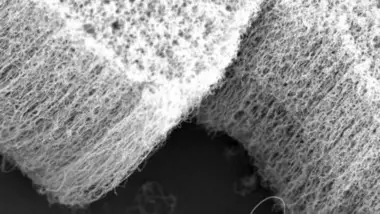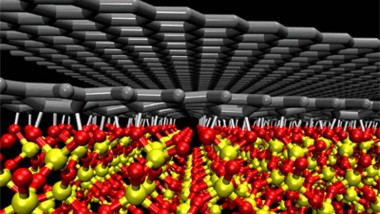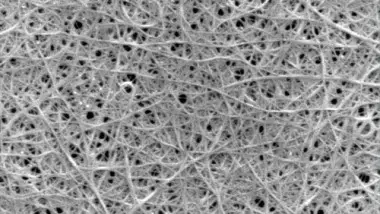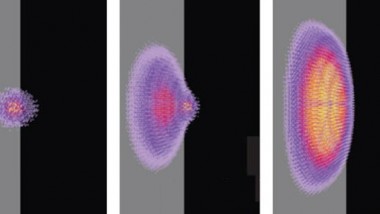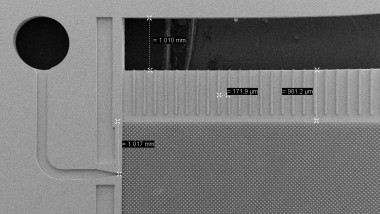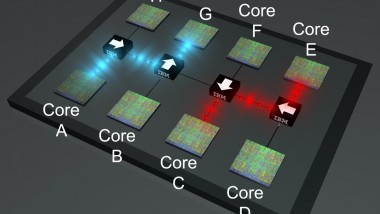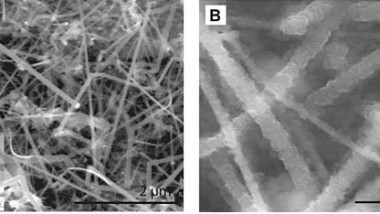An international team of researchers accomplished the creation of a cheap, practical implementation from a complex quantum theory, which might serve as a semiconductor in future quantum computers. Such computers could solve problems that traditional computers cannot solve, thus leading ...
Improving Lithium Ion Battery Life
Researchers at Stanford University in Palo Alto, California are developing new carbon-silicon nanowire electrodes that increase the charge storage capacity of current lithium ion batteries by as much as 600 percent. Unlike recent electrodes using pure silicon, the carbon-silicon nanowires ...
Tuning Graphene’s Nature
Researchers at Rensselaer Polytechnic Institute have revealed an innovative technique for controlling the nature of graphene. This achievement brings academia and industry nearer to the realization of being able to mass produce graphene-based nanoelectronics. Graphene was uncovered in 2004 and ...
Carbon Nano-Tube Color A4 E-Paper
Samsung Electronics and Unidym have demonstrated the world’s first carbon nanotube-based color active matrix electrophoretic display (EPD) e-paper. The revolutionary color e-paper was demonstrated on a 14.3 inch display. The e-paper device jointly completed by Samsung and Unidym uses a ...
Controlling Quantum States
An international team of researchers has demonstrated that it can manipulate the quantum state of a single electron in a silicon transistor by placing the electron in two places at once. Their breakthrough could point the way towards a practical ...
IBM’s Nano-Water Cooled Chips
Researchers at IBM have developed a method of networking tiny pipes of water that can be used to cool next generation PC chips. Scientists at the firm have shown off a prototype device layered with thousands of hair-width cooling arteries. ...
World’s Smallest Transistor
Dr. Kostya Novoselov and Professor Andre Geim from The School of Physics and Astronomy at The University of Manchester have recently shown that graphene can be carved into tiny electronic circuits with individual transistors not much larger than that of ...
World’s Tiniest Nanophotonic Switch
Scientists at IBM, Yorktown Heights, N.Y., have taken another major step towards sending information inside a computer chip by using light pulses. Rather than using conventional electrons, the team has built the world’s tiniest nanophotonic switch. Its’ footprint is approximately ...
Nanowire Batteries to Hold 10 Times More Power
A team of researchers from Stanford University, led by Yi Cui, assistant Professor of Materials Science and Engineering, have recently succeeded in reinventing the rechargeable lithium-ion (Li-ion) batteries used in laptops, iPods, cell phones, cameras, and other modern electronic devices. ...
High Speed Carbon Nanotube Based Chips
A team of electrical engineers from Stanford University and Toshiba have developed nanotube wires that can withstand data transfer speeds comparable to those of commercially available chips. In a paper published in the “Nano Letters” Journal, the researchers reported they ...

